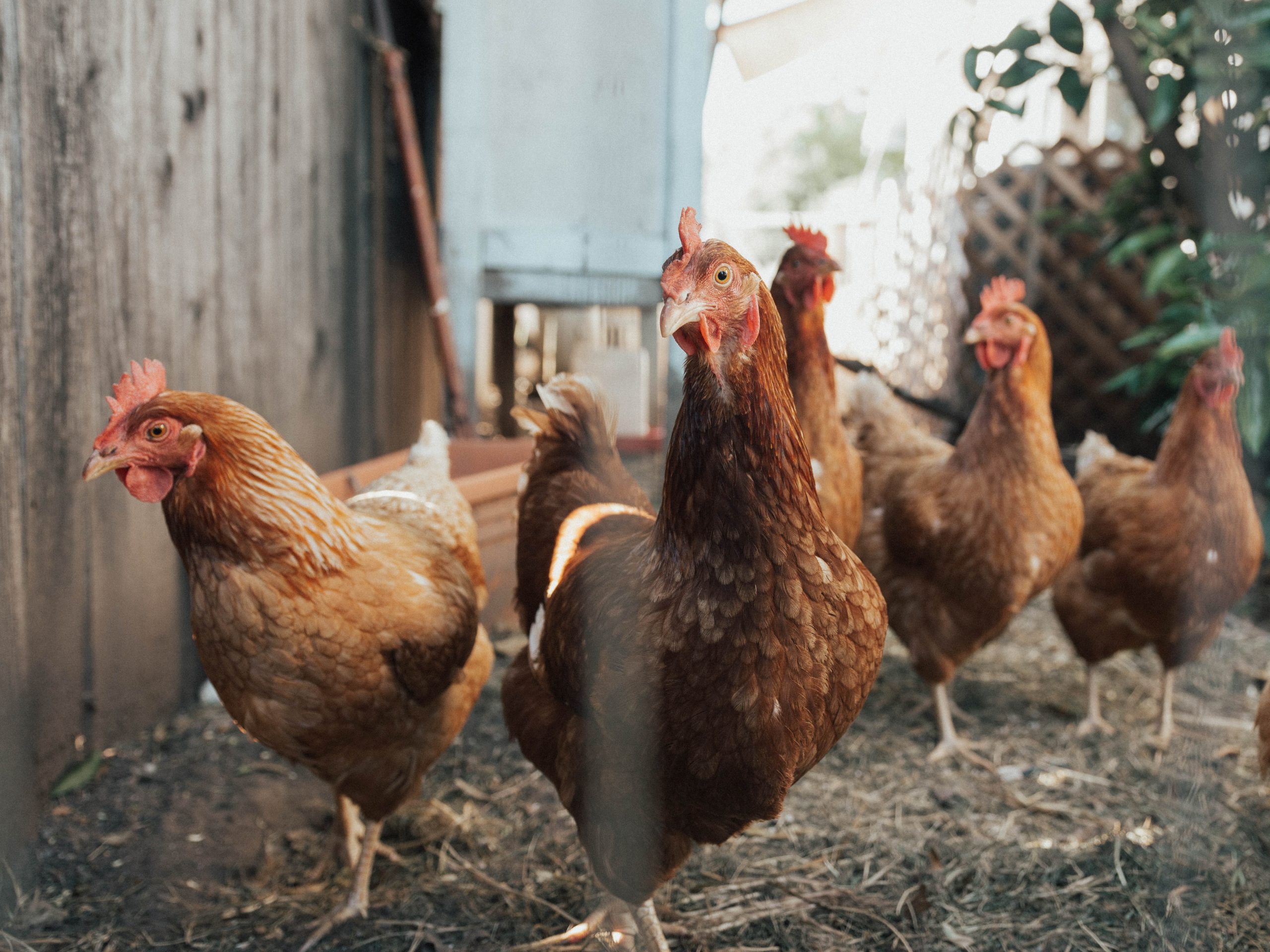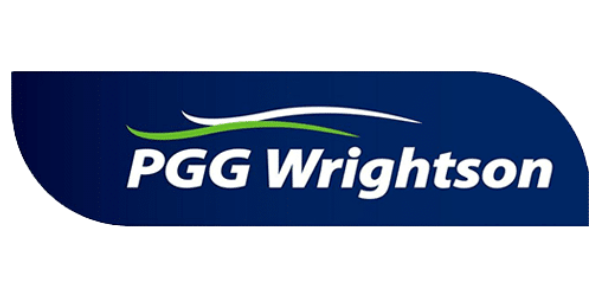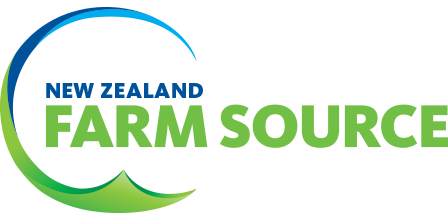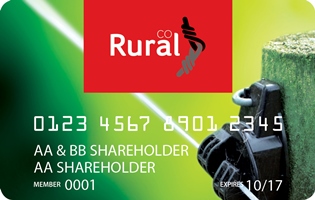Articles
Is Meat and Bone Meal Essential in Poultry Feeds?
Is Meat and Bone Meal Essential in Poultry Feeds?
By Natalie Chrystal, Nutritionist
The traditional availability and relatively low cost of meat and bone meal (MBM) in New Zealand means that this by-product was commonly included in diets for both laying hens and meat producing birds. Moreover, there is a feeling that MBM is an essential component of a poultry diet. But is this really the case, or is MBM an ingredient we’ve grown used to having in our poultry diets?
Protein content and quality
The biggest contribution MBM makes to a poultry diet is arguably as a source of protein and in particular essential amino acids. However, the protein (and amino acid) content varies according to the season and the quality (or digestibility) according to the level of processing. In contrast, despite the fact that many plant proteins available in New Zealand (e.g. soya and peas) are low in methionine levels, the plant proteins tend to be a lot more consistent both in terms of amino acid quantity and quality. Interestingly, although MBM and soya have very similar levels of crude protein, the digestibility of the protein in soya is much higher than that in meat and bone meal.
The ready availability and relatively low cost of synthetic amino acids makes it much easier for the modern nutritionist to balance a plant protein based diet to ensure optimum and cost effective bird performance.
Calcium and phosphorus
The calcium and phosphorus content of poultry diets is particularly important, with MBM an excellent source of these minerals. In fact, high phosphorus levels sometimes found in MBM can even be detrimental and can sometimes limit inclusion levels. If phosphorus levels in meat and bone meal are high, and the amount of meat and bone meal included in the diet is not restricted, the result is a diet with high levels of available phosphorus. When fed to birds this has a negative effect on calcium uptake, frequently observed as rickets in young birds or soft shelled eggs in layers.
Reducephosphorus excretion
Most plant materials used in animal feeds contain phosphorus, although much of this is in a form which is unavailable to monogastric animals. Maize and soya, for example, contain about 2.6 and 6.2g/kg of phosphorus respectively.
But, 75% of the phosphorus in maize and 60% of that in soya in in the form of phytate, which monogastric animals (like pigs, chickens and humans) do not have the enzymes to digest. New Zealand and Australian researchers have estimated that the average poultry diet contains approximately 10g/kg of phytate bound phosphorus. According to these internationally renowned Processors (Selle and Ravindran, 2007) a good quality phytase enzyme will release about 1g of phosphorus per kilogram of feed in the average poultry diet. Over a tonne of feed, this equates to the same amount of phosphorus as that provided by approximately 22kg of a typical NZ MBM. Regardless of whether the diet contains meat and bone meal or not, when diets are properly balanced more of the phosphorus consumed by the bird is actually used by the bird and consequently less is excreted into the environment.
Salmonellarisk
Although the levels of Salmonella in NZ poultry and eggs is very low by world standards, and there is always the possibility of salmonella contamination from other raw materials, MBM is generally considered a high risk raw material and risk management strategies for salmonella control are essential.
Increase efficiency
Formulating poultry diets using available rather than total amino acid levels, balancing the amino acid profile of the diet using synthetic amino acids and using a phytase enzyme which increases the availability of phosphorus from plant material are three strategies which have been successfully employed to ensure optimum bird performance in the absence of MBM in poultry diets.
The strategies which have been described above have additional benefits for producers in that they typically improve productivity and feed efficiency, largely by matching the requirements of the birds more closely with the supply of nutrients from the feed. In addition to the improvements in egg production and bird well being, total feed costs can often be reduced.
Overseas experience
In many countries around the world, the use of MBM or other processed animal proteins (PAP) is either prevented by legislation or restricted by lack of availability. While many farmers in the EU reported seeing a variety of production issues in their flocks soon after the ban on PAP, these issues have disappeared in recent times as new technologies which help nutritionists, feed manufacturers and farmers continue to improve their understanding of how birds use the nutrients in their feeds. In countries such as the USA, Canada and South Africa, where meat and bone meal is largely unavailable and has been for many years, maize or wheat and soya based diets give excellent performance in both broilers and layers.
Continuous improvements in our understanding of the digestive physiology of the bird, the nutrient requirements of the bird for growth and egg production and the interactions between these nutrients means that meat and bone meal is no longer an essential ingredient in poultry feeds. Experience with meat and bone meal free diets both within New Zealand and around the world has shown this to be the case.






